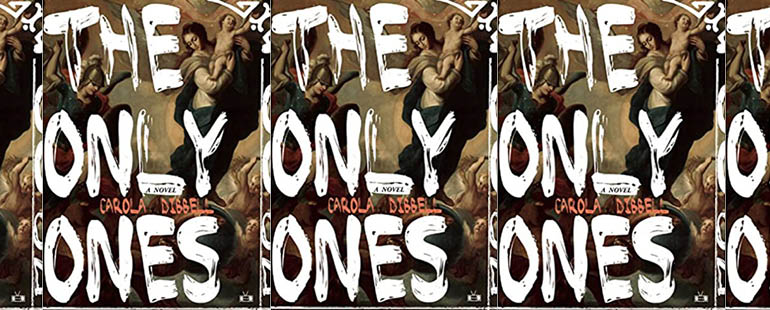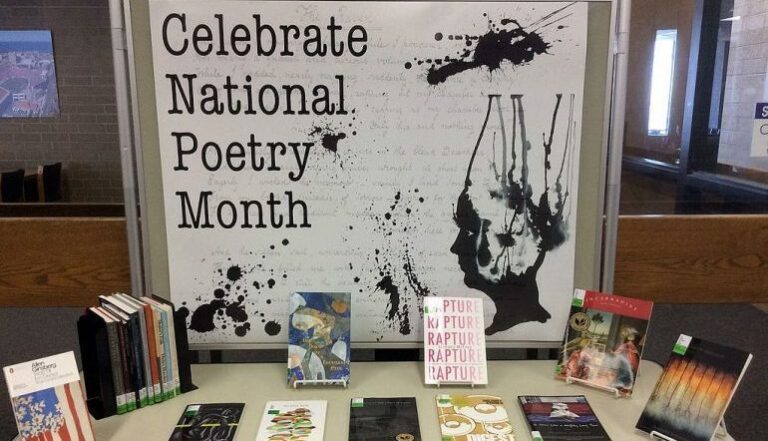Curiosity in Carola Dibbell’s The Only Ones

According to Descartes, there is a dualism between a subject and its object, with the subject being a thinking, acting consciousness, and the object something it observes or acts upon. While in scientific research a participant is usually referred to as a “subject,” Descartes’s definition instead names the researcher, who conducts and controls the research, as the subject, while the cells, creatures, or people being researched are their objects. In this dynamic, the researcher, as subject, has all of the power and agency—they decide on hypotheses, methods, and conclusions—while the objects of the research are observed and manipulated to garner certain responses. The act of conducting research, therefore, is instilled with a sense of hierarchy and unequal power.
The idea of challenging this dynamic is not new to science fiction, and in fact can be found in the genre’s origin: Mary Shelley’s Frankenstein (1818) seeks to humanize the monstrous, otherized object of Dr. Frankenstein’s work. While the protagonist of Carola Dibbell’s 2015 novel, The Only Ones, appears to be the perfect object of scientific research, given her low economic status and level of education, both the novel and her own actions attempt to allow her more agency through her own curiosity in the scientific process.
The novel follows Inez, a woman from Queens who struggles through a pandemic-riddled world, having sold herself to science. She is seemingly immune to all disease, and so a wealthy woman called Rini, whose own family members were all claimed by one of the pandemics, selects Inez to be cloned to provide her with a daughter who can survive in their new reality. The first hundred pages of the novel detail the creation of the clone, named Ani; through this process we get to know Inez. Her lack of education is reflected in Dibbell’s first-person narrative prose, which includes grammatical errors and confuses past and present tense, features that do not arise in other characters’ dialogue. Inez also frequently appears confused by what is going on around her, which makes for disorienting sequences in which neither she nor the reader are given much context for what is happening. Inez also displays, however, a fascination with the world around her, particularly regarding science. When asked why she contributes to scientific experiments, even foregoing steady employment to return to the cloning project, Inez simply says, “I like to see what happens.”
This curiosity seeps into the book’s narration as well, as both Inez and the novel are fascinated by the scientific process. The microscopic process of cloning is described in detail, and so too are the artificial wombs that gestate the cloned embryos. In this section of the novel, the plot focuses on the trials and tribulations of the scientific processes: IVF is attempted with Inez’s eggs and preserved sperm; next is cloning Inez using Rini as an egg donor; finally, Inez is cloned using her own eggs. While the reader will supposedly be aware of the book’s premise, and thus knows that the scientific process will eventually succeed, the tension here is not in whether a viable embryo will be created, but how. The method is the narrative’s central concern, and as such, this process of trial and error is given ample time to explore and be explored.
Inez takes interest in the process, as is made clear by her detailed account of her experience; she persists even though she appears to struggle to understand much of what goes on. She continues to ask questions about the cloning process and sits in on the experiments that Rauden, the scientist who clones her, conducts. While Rini is preoccupied with philosophical questions, such as whether the cloned child will be merely a copy, or “half a child,” Inez is more concerned with practical, scientific questions: “If we have the same gene for gene, you know, DNA. If somebody runs her pure code ID, will it come up, Subject: I Kissena Fardo?” It is her and Rauden’s interest in cloning using Inez’s eggs—which Rauden admits he wants to do “just to see what happens”—that propels them to clone Inez when they do. Without their joint curiosity, Ani may never have been created.
Inez also uses her curiosity and knowledge as means of gaining agency over the course of the narrative, as her interest in the experiments that had been conducted on her in the past proves beneficial to Rauden. For example, Rauden is resistant to the idea of testing Inez’s immunity using a “seal room,” in which they would expose her to a series of deadly diseases in a quarantined space. The concern is that she may not be as immune as they think and fall ill to one of the diseases—but then Inez reveals that she has already undergone this test. Although it takes a bit for Rauden to determine exactly what she means, due to her inability to identify the scientific name for the test, this information lessens Rauden’s concern. The information Inez, who increasingly seems to be not oblivious but instead cunning and quiet, has about these tests was acquired because she was curious enough to offer herself up to science before, in order to “see what happens,” and they allow her and Rauden to prove her immunity and thus sell her biological material to Rini.
While we can easily see a version of events in which Inez’s eggs are sold without her knowledge or participation, she is instead an integral part of the process. Her prose may suggest confusion and naiveté, but she also demonstrates the ability to withhold information, which she uses to her advantage. Inez withholds knowledge of her ability to recover her previous test results, for example, until she trusts Rauden and his team; in revealing this, she demonstrates to both her fellow characters and the reader that she is not as naïve as they might have assumed. Thus Inez regains agency in a situation in which she appears to be at a disadvantage. By the time she has been cloned, her relationship with Rauden—the scientist, so ordinarily the one with agency—has flipped: “now Inez is asking the questions and he’s the one who says he didn’t know.”
Given Inez’s increased agency during the process of scientific experimentation, it is no wonder that she is not referred to as “I” to only the reader, but to the other characters as well. Inez introduces herself to Rauden initially as “I. Kissena Fardo,” and most of the characters throughout the novel refer to her as “I” rather than as Inez. The sole exception is Rini: “Henry called me I. Lucas did too. Rini called me Inez.” Rini both literally and symbolically strips Inez of the title “I,” as she is also the only one to question her commitment to the project on the basis of curiosity. When they meet, Rini is the one to ask why Inez allows herself to be used by science and seems unable to understand her interest in just “seeing what happens.” Rini is unable to see Inez as an agent as she cannot understand that she is not being used by science, but actively wants to participate.
By the time Inez’s cloned daughter, Ani, is born, the usual power dynamic of scientific research has been distorted, and for the better: rather than being a passive object, Inez is an active subject, progressing the research and invested in its results. This brings new meaning to Inez’s statements at the end of the first chapter, when she discovers that she is to be experimented on: “I didn’t know I was the Subject. I thought I was the Courier. Courier, you take a trip. Subject, you don’t know what is going to happen. And that’s ok with me.” While she begins the story as a “subject” according to its meaning in scientific research, a thing to be observed and used, she later gains agency and becomes Descartes’s idea of a subject—a thinker and actor, curious about the world.


